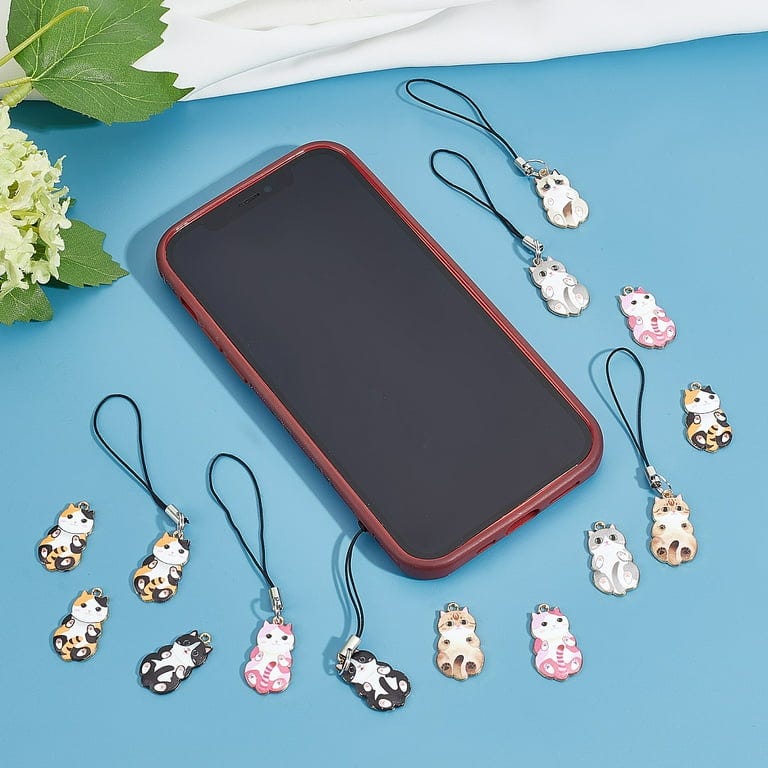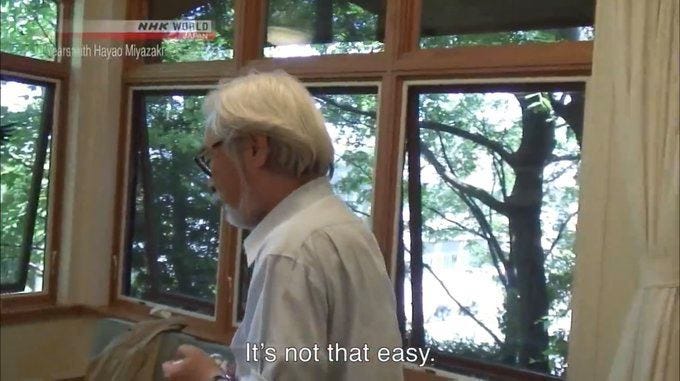This post has been originally written in Spanish for my Substack newsletter on February 2025.
Since around 2018, I’ve been attending illustration fairs—sometimes as a participant, other times just to browse (“in civilian clothes,” as I like to say). At every one of these events, you can wander through aisles of artists selling all kinds of products featuring their own artwork. Whether it’s fan art or original characters, I see them printed on an endless array of objects: mugs, keychains, charms, glasses, earrings, stickers, prints, blankets, notebooks, notepads, and a long list of etceteras.

I AM AN ARTIST THAT PRODUCES
The process of preparing an item to display before thousands of people by a specific deadline is anything but simple. The first step is deciding what the illustration will be and where it’s meant to go. A drawing for a paper print isn’t the same as one for a mug or a tote bag. There are countless variables to consider, but above all, you have to think like a designer (or pretend to be one): composition, readability, whether the focus should be on the text or the artwork, whether to omit text entirely, whether the colors will translate well to the chosen medium, and so many other “what ifs.”
After endless drafts and settling on a final design, you have to find the right supplier to bring your vision to life. Whether it’s acrylic manufacturers, companies that hand-paint pins, or print shops that handle paper goods, each supplier must be thoroughly researched, vetted through fellow artists, and subjected to exhaustive price comparisons. Once you’ve chosen one, you have to prepare the file for production—CMYK or RGB color profile, vector-based Illustrator files or layered Photoshop documents, transparent PNGs or flat-background JPGs, whether the dimensions fit the supplier’s printing matrix or if you need to account for a “safe zone” for cutting.
At this point, you’d think all the hurdles have been cleared—but the production process isn’t over yet. You still have to pick up the printed product and check if it looks the way you imagined, keeping in mind there’s at least a 30% chance it won’t. And let’s not forget the possibility of defective items! Even then, the event date hasn’t arrived, so now you have to prep everything: trimming, rounding edges, sorting by color or theme so they’re easy to find when someone decides to buy them. And if you don’t finish in time? Chances are, on the day of the event, you’ll be backstage frantically cutting with a pair of kids’ scissors.
I could go on about everything that can go wrong—and I haven’t even touched on the day of the event itself—but you can probably imagine that if you’re exhausted just reading about the process, living it is twice as draining. All of this is just to create a product featuring an illustration. But what’s the process for drawing just for fun? You pick up your tool of choice… and that’s it. The end. Nothing more.
I AM AN ARTIST WHO BURNS OUT
When I described the journey of creating an object, you might have noticed I used a lot of production-related terms—as if artists were meant to be tiny walking factories. Supplier, layout, quality control, packaging—these words drag us into an extremely capitalist approach to drawing. But drawing is an art. Why must we kneel at the feet of the goods-production machine?

Artists shouldn’t have to be factories. They just want to be. Period. I dare you to ask any artist in your circle whether they’d rather draw freely or assemble a pin with their artwork. The pre-event ritual isn’t just about production or restocking—it’s also about watching thousands of peers on social media, stressed and exhausted, juggling multiple tasks, brainstorming new designs (it’s not even “drawing” anymore, now it’s “designing”), or scrambling to find a new supplier because their usual one jacked up prices. Doesn’t that sound exhausting? I’d even go so far as to say demoralizing.
I AM AN ARTIST-TURNED-PRODUCT
I’m not criticizing fellow artists who engage in what I call “product illustration”—they do it because, at the end of the day, we all live in the same society. We have to produce to earn money, and with that money, we eat (and reinvest in new products). Not everyone has a side job, and it’s very likely that their only income comes from selling merchandise featuring their art. You have to brainstorm and offer new products every month or every event to make enough profit to cover daily living expenses. I’d bet anything that everyone wishes they could break free from this cycle—but they can’t. I have to eat, and so, I have to produce.
The point of these words isn’t to attack my peers but to make it clear that any artist, illustrator, designer, or ceramicist trying to make a living from their craft is also just trying to survive on planet Earth. And in that grueling production process, buried deep beneath it all, they’re leaving a piece of themselves behind. Production days are long, and every item is made with attention and care. Know that we display them with love and high hopes—for you, future customers, and a little bit for ourselves, too. I always hope that at least some of that love shines through in what I’ve made, that you can see beyond just a cute little drawing on a print. Behind that endless production journey is a sleep-deprived person who desperately wants you to appreciate their work.
And in the end, when we manage to carve out a sliver of time between all that production, we do what we know best: we draw. But now, I’m not drawing for a customer. I draw for leisure. I draw to rest. I draw to be. I draw for myself.
